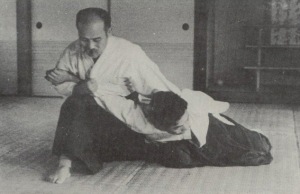 In the post-war period of his life, the teachings of Master Morehei Ueshiba (Founder of Aikido) involved significantly less focus on the teaching of pins. This trend has for the large part continued since O’sensei’s death to the point that there are now schools of Aikido that only teach so-called “health pins”.
In the post-war period of his life, the teachings of Master Morehei Ueshiba (Founder of Aikido) involved significantly less focus on the teaching of pins. This trend has for the large part continued since O’sensei’s death to the point that there are now schools of Aikido that only teach so-called “health pins”.
However, there are still those of us who enjoy and find value in the study of Aiki pins. At our dojo, for example, we believe the study of pins plays an important role in ensuring that Aikido, in addition to its many other benefits, offers a complete form of self-defence.
The below short video features slow motion demonstrations by Takeda Satoshi Sensei (7th Dan AKI Aiki kai) of a number of rarely seen Aikido pins. The video was taken during Sensei’s recent visit to Queensland at classes given at Aikido Kenkyukai International Fudoshin Dojo, Sunshine Coast and Fudoshin Warrior Dojo, Brisbane.
- Other Pins
The below pics show demonstrations of other rarely seen pins in modern Aikido practice. All of the demonstrations are by the Founder.
Have a great Friday
Ian Grant
Dojo Cho
Fudoshin Warrior Dojo
Aikido Kenkyukai, Brisbane
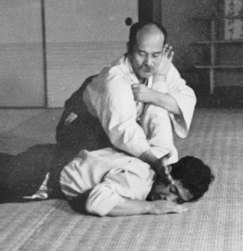
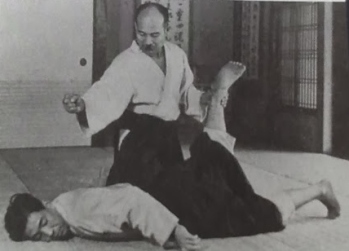
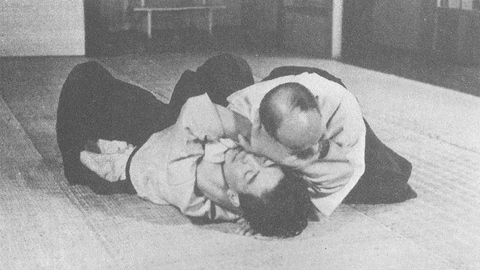



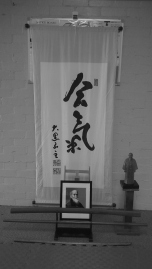



You must be logged in to post a comment.